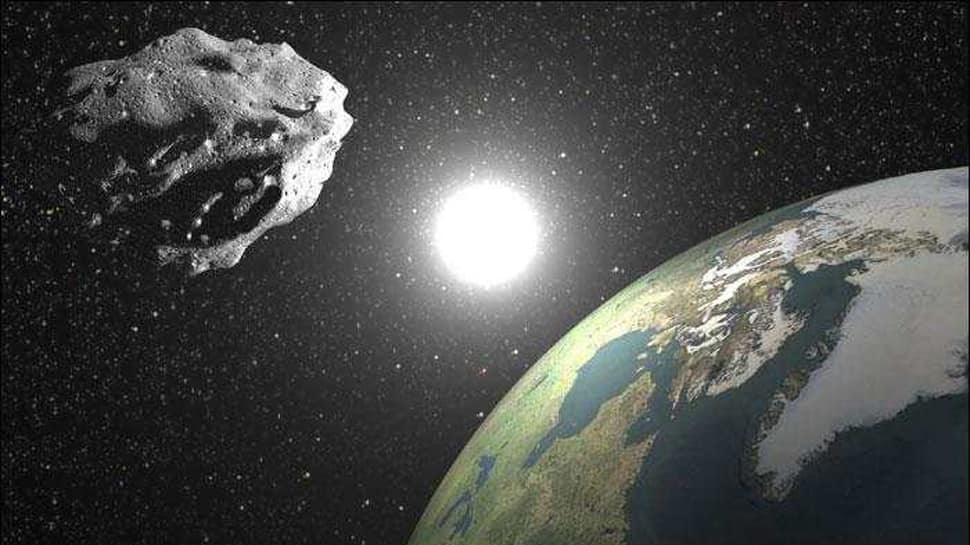Two gigantic asteroids, slated in the medium-sized category, will fly right past the Earth over the weekend, said National Aeronautics and Space Administration (NASA). However, NASA assured that the orbit calculations eliminate any threats of them hitting the Earth.
These two gigantic asteroids are 2000 QW7 and 2010 CO1 and have been observed by the NASA previously-- once since 2000 and the other since 2010 and "their orbits are very well known,” said Lindley Johnson, planetary defence officer and program executive for the Planetary Defense Coordination Office at NASA Headquarters.
“Both of these asteroids are passing at about 14 lunar distances from the Earth, or about 3.5 million miles away, but small asteroids pass by Earth this close all the time,” Johnson added.
NASA will first encounter with near-Earth asteroid 2010 C01 estimated to be 400 to 850 feet (120 to 260 metres) in size, will safely pass Earth at around 3:42 UTC, approximately 9:12 am on Saturday, as per Indian Standard Time (IST).
The next asteroid, 2000 QW7, is estimated to be 950 to 2,100 feet (290 to 650 metres) in size and will safely zoom past the Earth at 23:54 UTC, approximately 5:24 am on Sunday, as per IST.
According to NASA, Near-Earth objects (NEOs) are asteroids and comets that orbit the Sun, but their orbits bring them into Earth’s neighbourhood – within 30 million miles of Earth’s orbit.
NASA’s Near-Earth Object (NEO) Observations Program finds, tracks and monitors near-Earth asteroids and comets. The Center for Near-Earth Object Studies, based at NASA’s Jet Propulsion Laboratory, also uses these data to calculate high-precision orbits for all known near-Earth objects and predict future close approaches by them to Earth, as well as the potential for any future impacts.
At the start of 2019, the number of discovered NEOs totalled more than 19,000, and it has since surpassed 20,000. An average of 30 new discoveries is added each week.
















